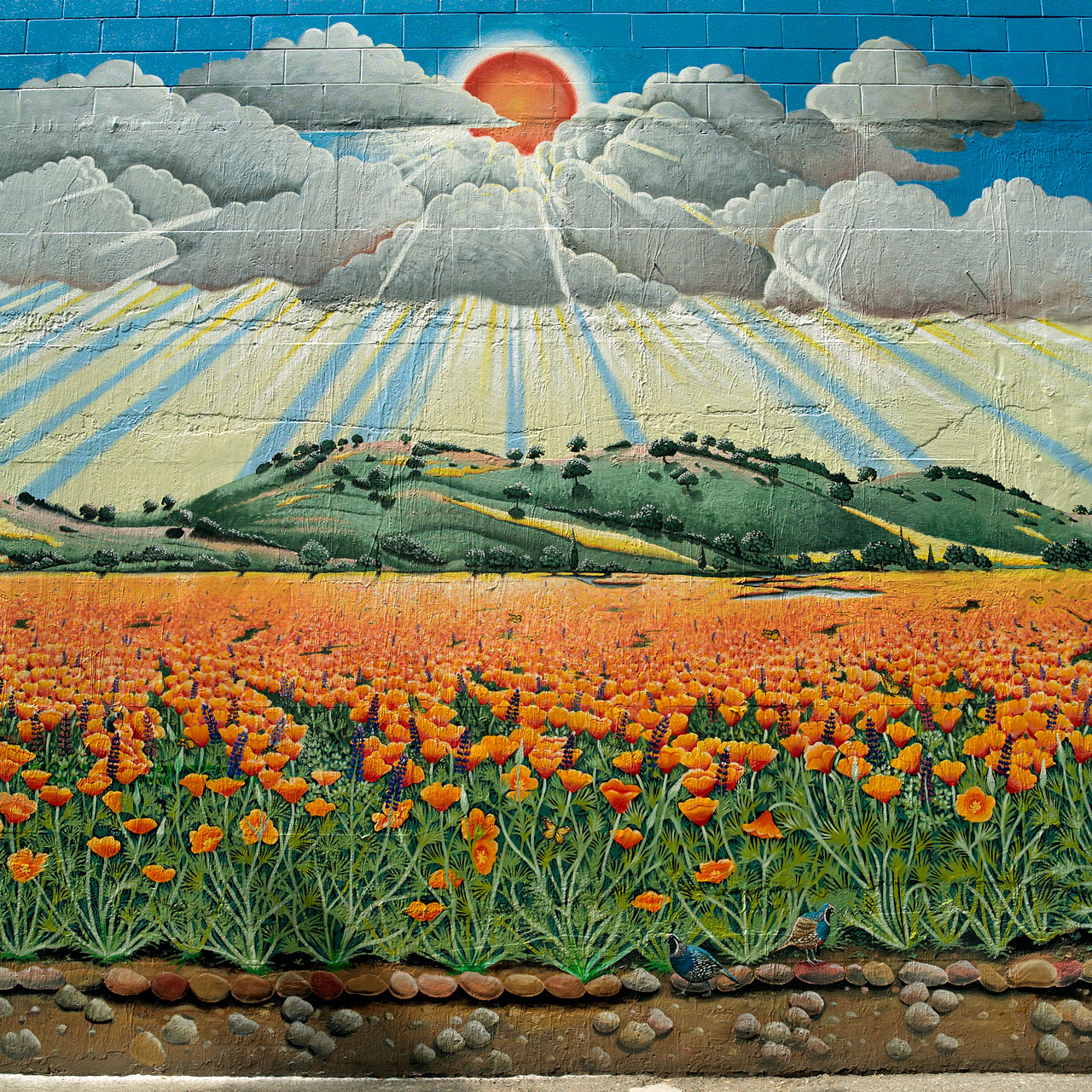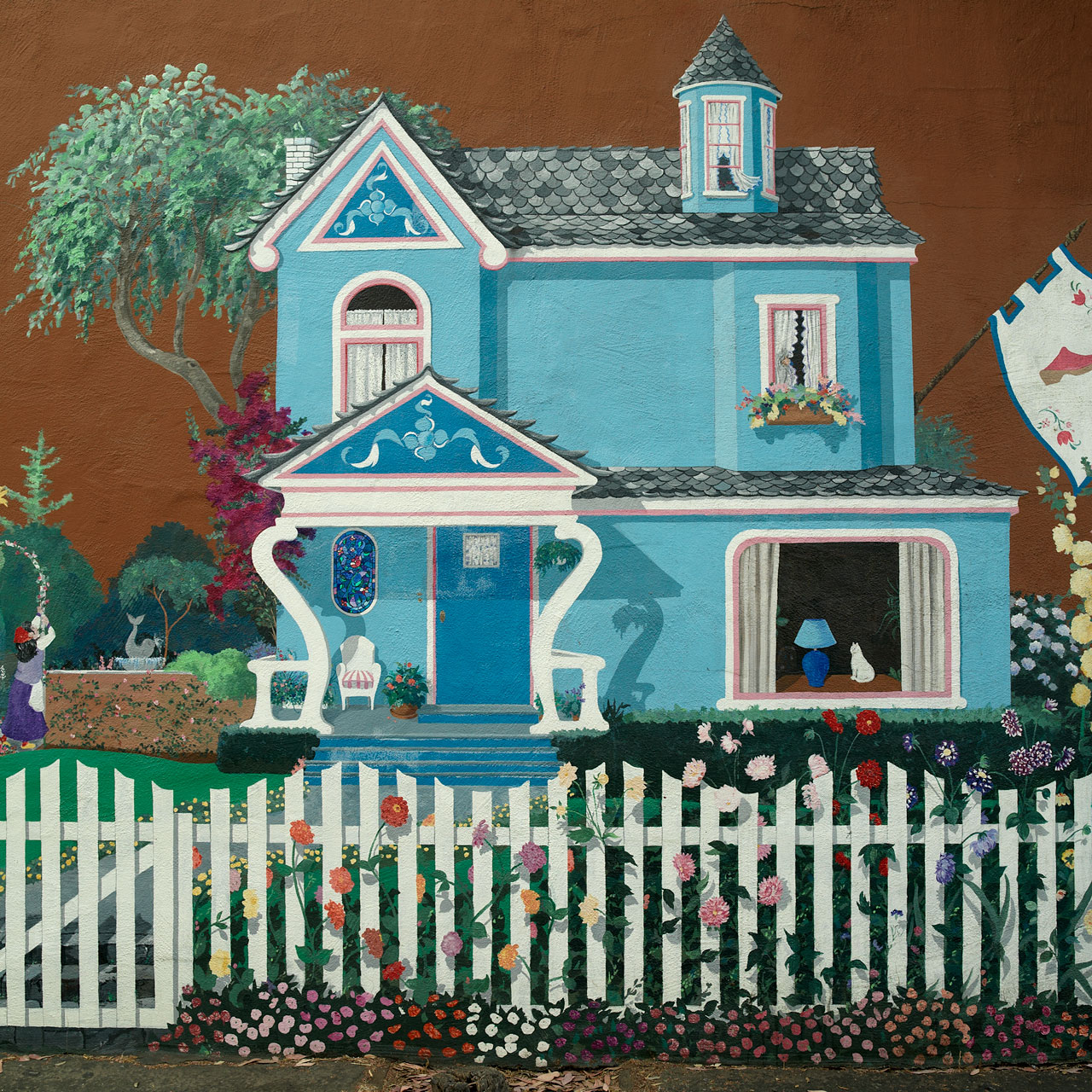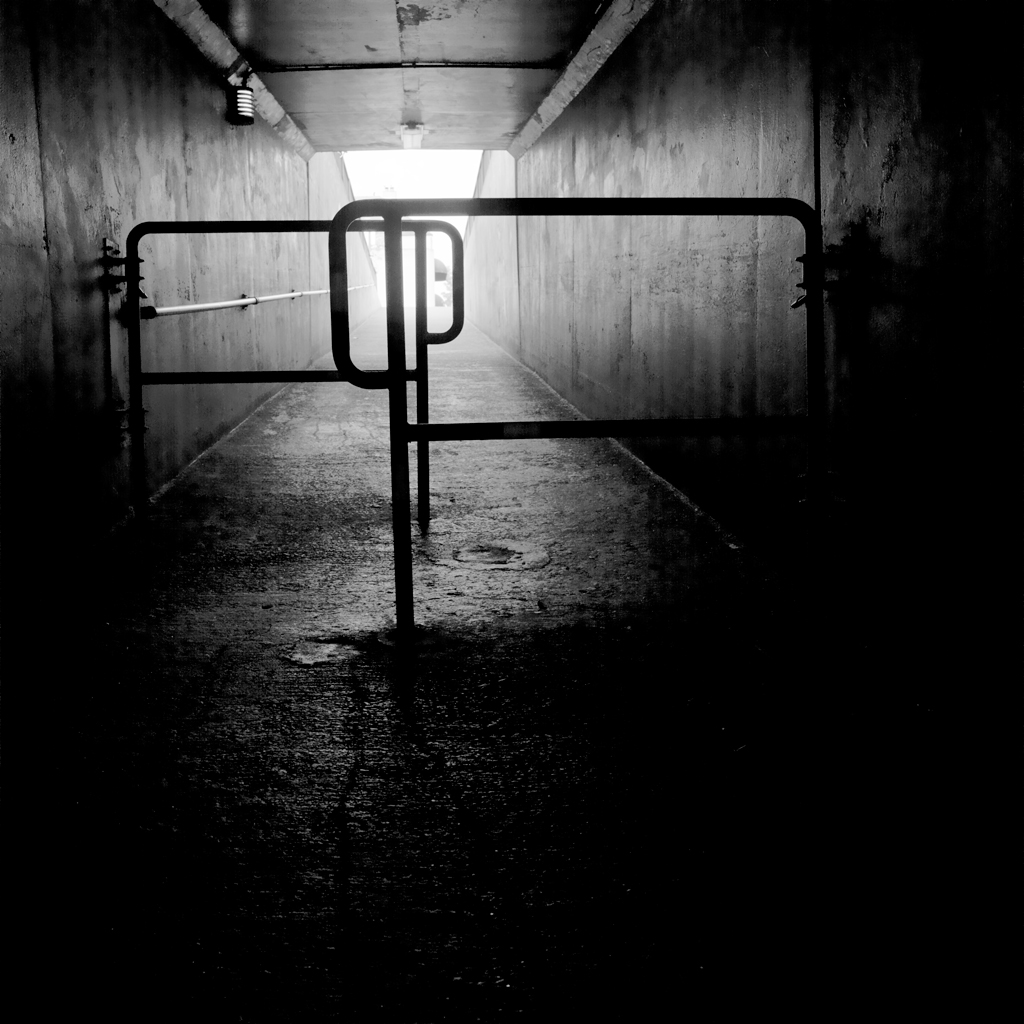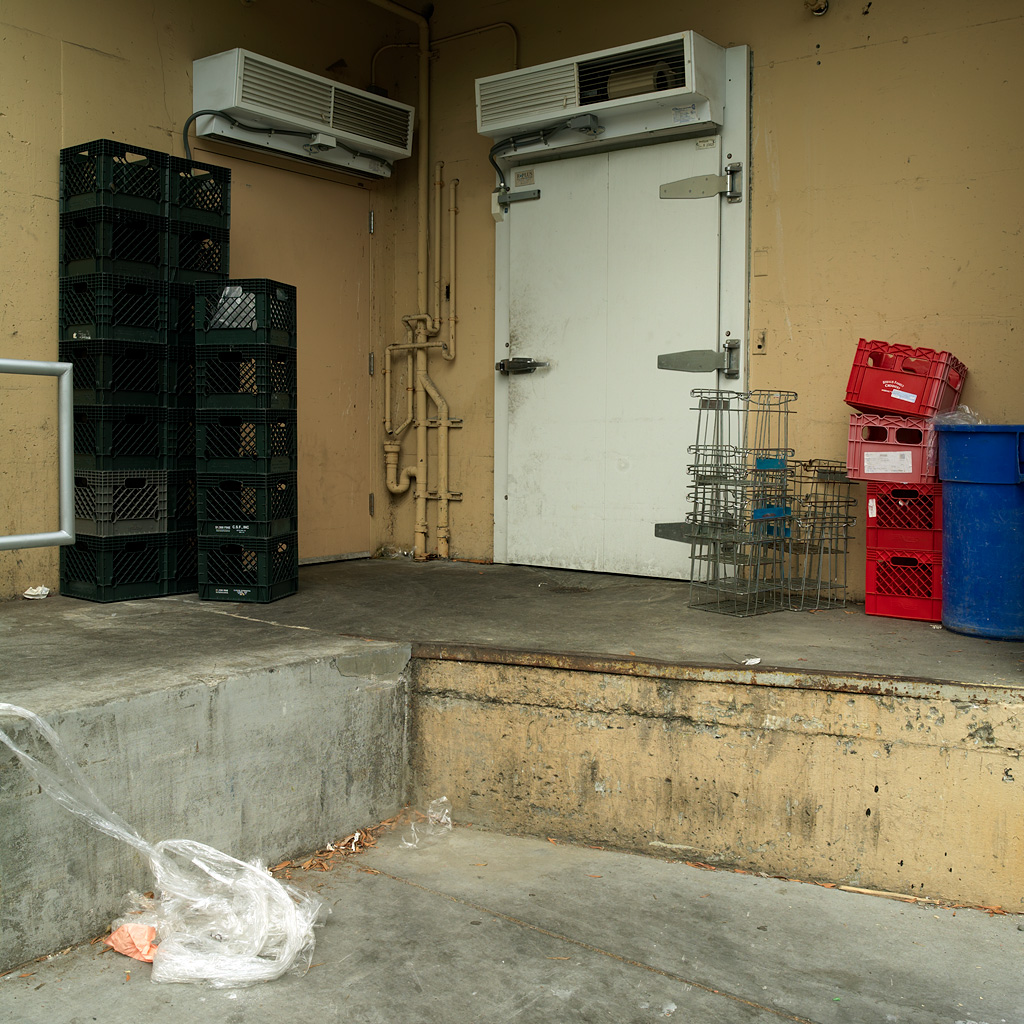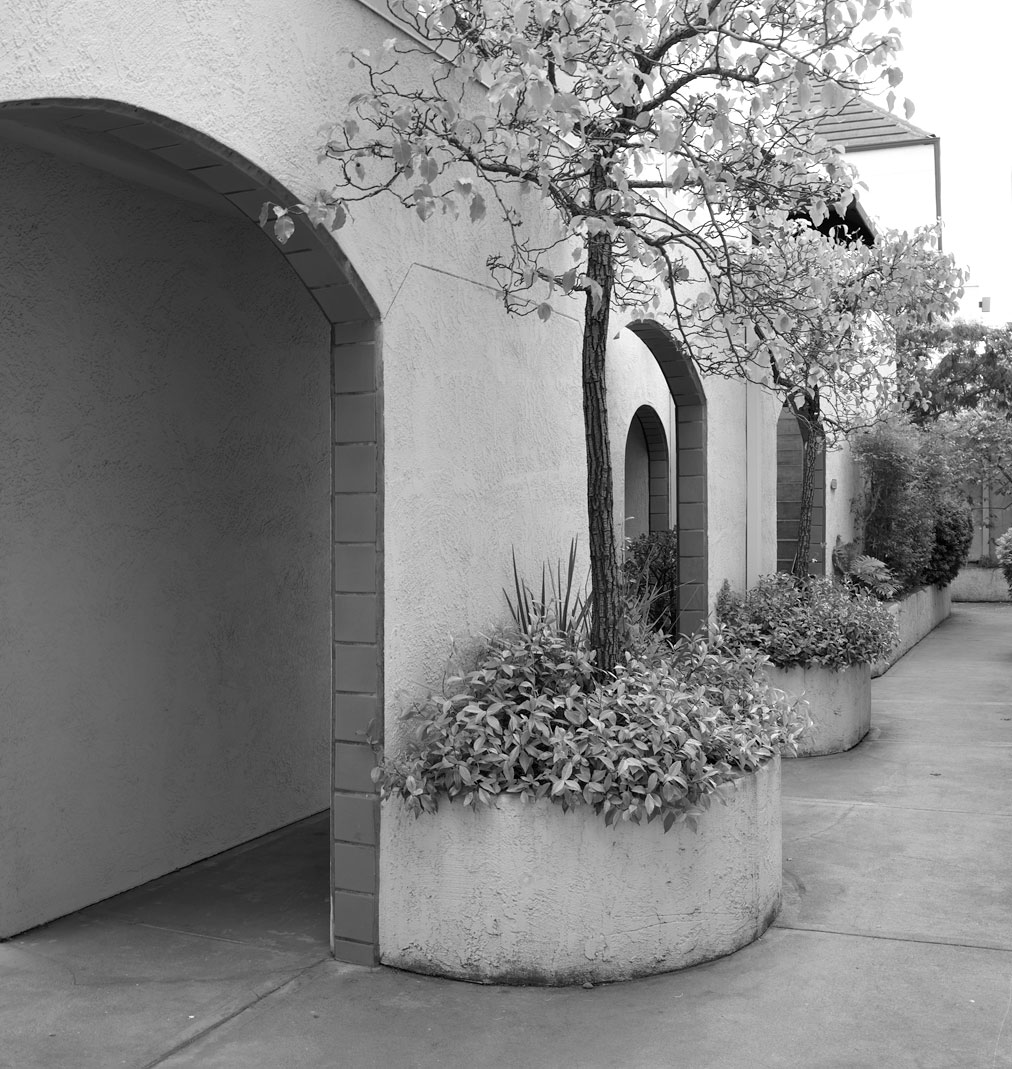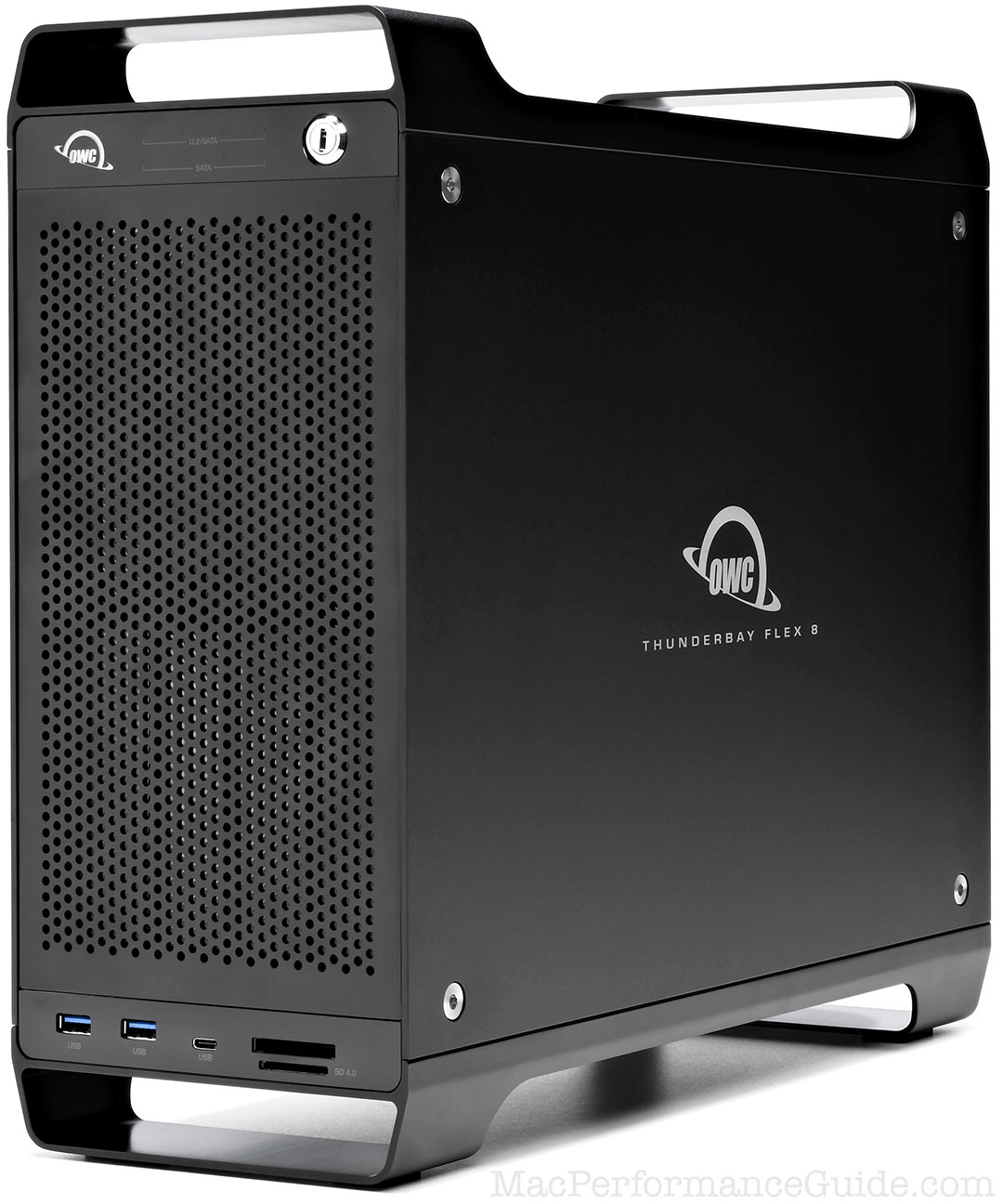
|


|


|

|

$200 Leica BP-SCL6 Lithium-Ion Battery (8.4V, 2200mAh) BACK IN STOCK in Accessories: Batteries and Power
|

|
An Hour With the Hasselblad 503CWD
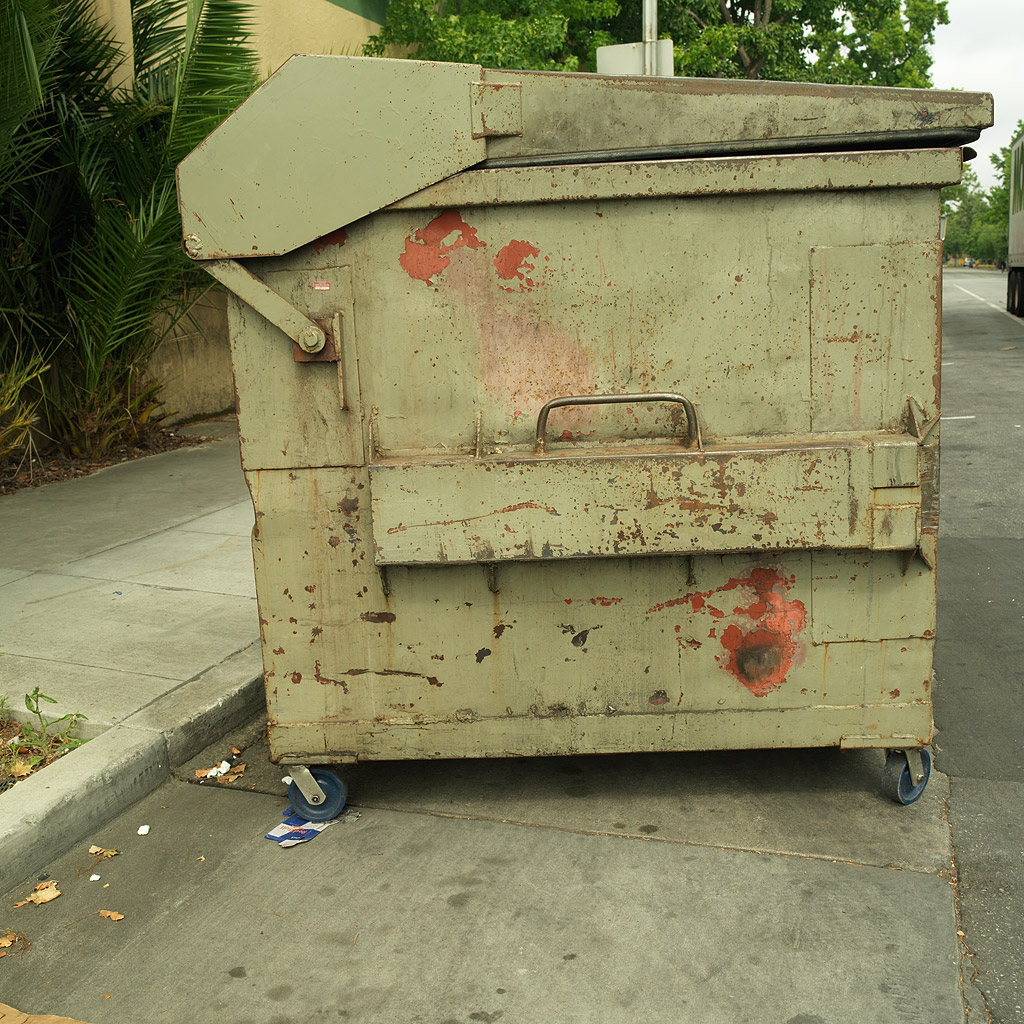
July 16, 2007
Introduction
See also the December 10, 2008 review of the 28 megapixel Mamiya DL28 in DAP.
At the request of a friend considering it, I borrowed a 16-megapixel Hasselblad 503CWD from the local camera store (Keeble & Shucat of Palo Alto, CA—thank you K&S!). While bulky compared to a digital SLR, it’s a nice shooting camera, with a refreshingly large viewfinder. One can buy a Hasselblad 503CWD (limited to 500 units) with the back, camera, and 80mm lens for about $11,000. Much more than I’m prepared to spend, but for professionals shooting every day it will pay itself back quickly.
What kind of image quality can one expect from such a back? A model like the one on the Hasselblad web page didn’t appear out of thin air (life isn’t always fair), so I made do with more mundane subjects—I shot the 503CWD for about an hour, using the Hasselblad 40mm f/4 CFE IF, an astonishingly good lens (and it should be, for $5000). I came away extremely impressed with the image quality, and a sampling is seen below. The image files are beautiful, with phenomenal detail, yet take sharpening extremely well. I’d rate the quality as better than the Canon EOS 1D Mark III (which I rate as high as any digital SLR I’ve used).
All shots taken handheld at modest shutter speeds over the course of an hour’s stroll.
Daylight white balance was used to process the RAW (“3FR”) files; no attempt was made to perfect the white balance of these shots.
Murals
Poppies
This image shows off the color and detail of the back quite well. Tremendous detail should be evident even in the reduced-size versions.
Play house
The same outstanding sharpness is present as with the poppies.
That Zeiss bokeh
Agapanthus
It is truly lovely the way the background blurs away, yet with precise sharpness at the plane of focus.
Moiré and color aliasing
Like the H3D-39 and the PhaseOne P20+, the 503CWD can produce images with color speckles. Below is one example.
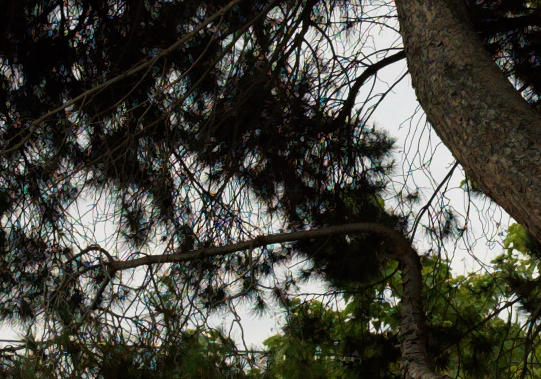
Dark tone rendition
This exposure was chosen to test the dynamic range, and the handling of extremely dark tones right down to pure black. The image is very, very dark in the foreground. How well are the dark areas handled when lightened?
Using the “L” channel in Lab mode and lightening the tones to an extreme results in quite impressive dark-shadow detail. Some faint streaking and mottling can be observed, but compared to a digital SLR, the results are very impressive. Only the very pickiest fine-art black & white photographers in Santa Fe will find these results not up to par.
Miscellaneous
Very three-dimensional image rendition is evident in all the photos, characteristics of Zeiss glass and medium format focal lengths.
The way in which detail is rendered in the image above is stunning, showing exceptionally smooth yet sharp rendition, particularly with the metal items and the small text on the red container labels, and also the text on the UL sticker.
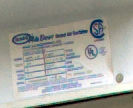
Click to see actual pixels of the crop below.
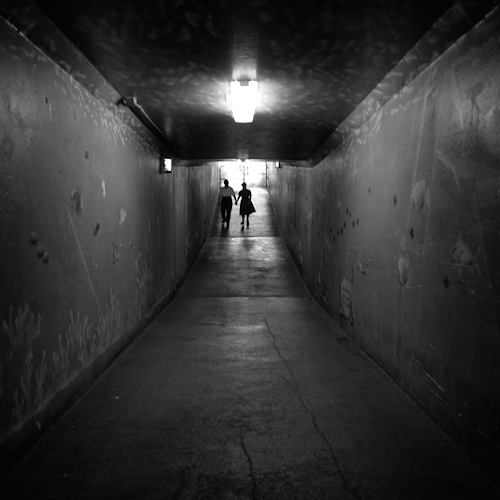
Conclusions
Found this review useful? See the December 10, 2008 review of the 28 megapixel Mamiya DL28 in DAP.
Image quality of the Hasselblad 503CWD is stellar, easily exceeding that of the very best digital SLRs. The Hasselblad/Zeiss 40mm f/4 CFE IF is an outstanding performer, and a great choice mated to the 503CWD, on which its central “sweet spot” is put to good use. Unfortunately, the 503CWD costs about US$11,000 and the 40mm lens costs about US$5000, out of range for this author’s budget. Hasselblad, please loan me one for a year!
Shooting with this combination is surprisingly satisfying given the weight and bulk it entails. Even though the sensor is “only” 36.7 X 36.7mm (50% larger than a full-frame digital SLR such as the Canon EOS 5D), the viewfinder offers a high magnification that is easy on the eyes, with a framing rectangle that is far better than any rangefinder can offer, and as good as the very best digital SLRs. The very large (8.95-micron) sensor photosites result in high micro-contrast that results in images with a beautiful tonality and “pop”. (Those photosites are approximately 12 times greater in area than those of a consumer digicam, resulting in vastly better per-pixel quality).
I found that hand-holding the camera was quite viable for obtaining crisp results, and that using manual exposure and manual focus was an efficient approach. Those photographers not hung up on 22 or 39 megapixels would do well to consider this outstanding digital offering, priced well below those higher resolution offerings.
8-bay Thunderbolt 3
2.5 or 3.5 inch hard drives, NVMe SSD, USB-C, USB-A, DisplayPort 1.4, SD slot, PCIe slot, 500W power supply.
Non-RAID or RAID-0/1/4/5/10.
Capacities up to 128 Terabytes!
Wish list
The Hasselblad 503CWD proves that big photosites make beautiful images. An absolutely stunning camera could be made with a 50 X 50mm sensor at 5000 X 5000 pixels (25 megapixels), each 10 microns in size, or 25% larger than the 8.95-micron photosites of the 503CWD. Such a sensor would offer unprecedented image quality when paired with true 16-bit image processing. For that matter, a plausible full-frame 10.1-megapixel Canon EOS 1D Mark IIIx would come quite close with 9.25-micron photosites.
But it’s more likely we’ll see an idiotic race to the bottom as with consumer digicams—perhaps 50 or 60 megapixel digital backs with photosites as small as the Nikon D2x. The 39-megapixel H3D-39 has not passed beyond that ill-advised mark, but it stands poised at the edge. What a waste—image quality is much more than resolved detail; it has to do with tonality, dynamic range, color rendition, etc. Maybe vendors will “see the light” in a few years.
See also:
An Hour with the Hasselblad H39D-39
Thirty Minutes with the PhaseOne P20+





















